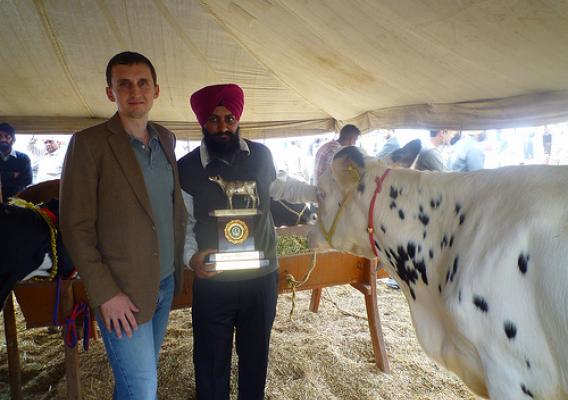I was honored to host a panel last week at the Department of Agriculture’s Ag Outlook Forum to showcase the impact of USDA broadband programs on so many in rural communities. Our February 25th Rural Development panel, “Building a Stronger Rural Infrastructure: Broadband,” portrayed the ripple effect these investments have.
We heard from Luis Reyes, CEO of Kit Carson Electric Cooperative, which has provided electric power to consumers since WWII. They got into the broadband business because they recognized a need. Like many with a sense of community and knowledge of how broadband affects economic development, they successfully applied for Recovery Act broadband funding from USDA’s Rural Utilities Service (RUS), a Rural Development agency. “This will ultimately change the landscape of New Mexico,” Luis told the audience. “This is an opportunity for us to partner with colleges, health care facilities and the community to expand businesses, hire more employees, build markets and improve healthcare. To think that a small co-op in New Mexico can turn a project into a model program nationwide is exciting.”







